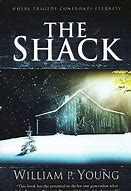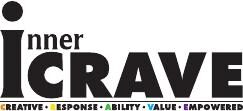We assume that poison is bad, that such creations have no purpose.
- Many of these so-called bad plants contain incredible properties for healing or are necessary for some of the most magnificent wonders when combined with something else.
- Humans have a great capacity for declaring something good or evil without truly knowing.”
Evil is a word we use to describe the absence of good, just as we use the word darkness to describe the absence of light, or death to describe the absence of life.
- Both evil and darkness can be understood only in relation to light and good
- God is light and God is good. God is love and there is no darkness in Him.
- Light and Good actually exist. So, removing yourself from God will plunge you into darkness.
- Declaring independence will result in evil because apart from God, you can draw only upon yourself.
- That is death because you have separated yourself from God who is Life.”
We must give up our right to decide what is good and evil on you own terms.
- That is a hard pill to swallow – choosing to live only in God.
- To do that, you must know God enough to trust Him and learn to rest in His inherent goodness.”
Re-source: Represent
Imagination is such a powerful ability.
- But without wisdom, imagination is a cruel task master.
“When God dwells with you, He does so in the present – God lives in the present.
- Not the past, although much can be remembered and learned by looking back, but only for a visit, not an extended stay.
- And for sure, God does not dwell in the future you visualize or imagine.
Do you realize that your imagination of the future (which is almost always dictated by fear of some kind), rarely, if ever, pictures God there with you?”
- “It is your desperate attempt to get some control over something you can’t.
It is impossible for you take power over the future because it isn’t even real, nor will it ever be real.
- You try to play God, imagining the evil that you fear becoming reality, and then you try to make plans and contingencies to avoid what you fear.”
craving and resource from “The Shack” by William Paul Young

